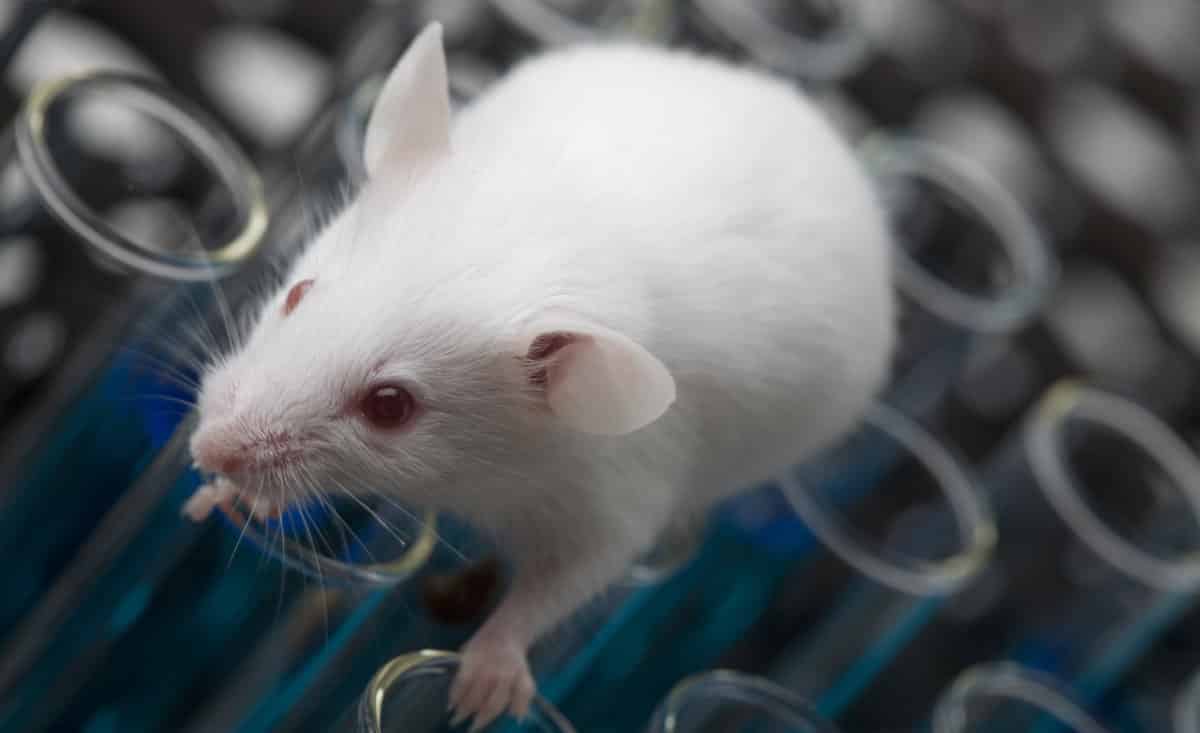Super-Sniffer Mice : Engineered mice could detect land mines and decode human olfactory system
According to a recent study, researchers at the Hunter College, part of the City University of New York, have created super-sniffer mice that have an increased ability to detect a specific odor.
The mice, which can be tuned to have different levels of sensitivity to any smell by using mouse or human odor receptors, could be used as land-mine detectors or as the basis for novel disease sensors.
The technology, a transgenic approach to engineering the mouse genome, could also provide researchers with a way to study human odor receptors. Lead investigator of the study Paul Feinstein who is also an associate professor of biological sciences at Hunter said that this is one of the five basic senses of an organism and yet there is almost no clue how odors are coded by the brain. It’s still a black box.
The nature of the odor receptors was discovered in 1991, a Nobel Prize winning feat, but exactly how the olfactory system wires itself still isn’t well understood. The noses of mammals contain a collection of sensory neurons, each equipped with a single chemical sensor called a receptor that
detects a specific odor. In mice, as in humans, each neuron selects only one receptor. Collectively, neurons choose an even distribution of receptors, so each of the thousand distinct receptors is represented in about 0.1 percent of neurons.In an effort to understand the mechanism these neurons use to choose a specific receptor, Feinstein tinkered with the mouse genome. He introduced the DNA for an odor receptor gene transgenically, by injection into the nucleus of a fertilized egg cell. He also added an extra string of DNA to the gene sequence to see if it would alter the probability of the gene being chosen. After a few attempts, he found a string that, when copied four or more times, worked.
More copies of this extra string of DNA resulted in a series of super-sniffer mice with increasing numbers of neurons expressing the selected receptor, a well-characterized receptor that detects acetophenone, which has a sweet smell similar to jasmine. The mice still maintain a relatively even distribution of other odor receptors. “We don’t know how the neuron performs singular gene choice yet, but we can increase the probability of a given choice occurring,” says Feinstein.
In parallel, post-doctoral researcher Charlotte D’Hulst was trying to replace a mouse receptor gene with a human one. Even though such gene swapping is standard practice in other fields, it did not work. It wasn’t the first time researchers had been stymied by olfaction. Repeated attempts in the field to study odor receptors by growing them in cells in Petri dishes have also led to dead ends.
As a result, human olfaction receptors are poorly understood. “Without understanding how odors bind to receptors, people have no rational way of designing new odors,” says D’Hulst. “They also have no way of boosting the diminished smell capacity in patients with diseases such as Parkinson’s.”
So D’Hulst abandoned gene swapping and tried Feinstein’s transgenic super-sniffer technique to insert a human receptor gene into the mouse. It worked. “We have developed a system where we can study human odor receptors and finally determine how human odor coding works,” says Feinstein.
The team validated that the mice do indeed have an amplified sense of smell for the given receptor. They first used fluorescent imaging in live mice to trace the activation of the amplified odor receptor in response to the receptor’s corresponding odor. These tests gave visual confirmation that the receptors are functional and present in greater numbers than others.
In a standard behavioral test in which animals were trained to avoid an odor known to bind the transgenic receptor, the super-sniffer mice were able to detect the presence of this unpleasant odor in water at levels two orders of magnitude lower than those detectable by mice without super-sniffer abilities. “The animals could smell the odor better because of the increased presence of the receptor,” says D’Hulst.
The team is now working towards commercializing their technology and has founded a company called MouSensor, LLC. The Feinstein lab has received funding from the Department of Defense to develop super-sniffing rats that can be trained to detect TNT and potentially find land mines. The researchers also envision applications of the MouSensor for developing a type of nose-on-a-chip as a means of diagnosing disease using chemical detection profiling. “We have these millions-of-years-old receptors that are highly tuned to detect chemicals,” says Feinstein. “We think we can develop them into tools and use them to detect disease.”






























